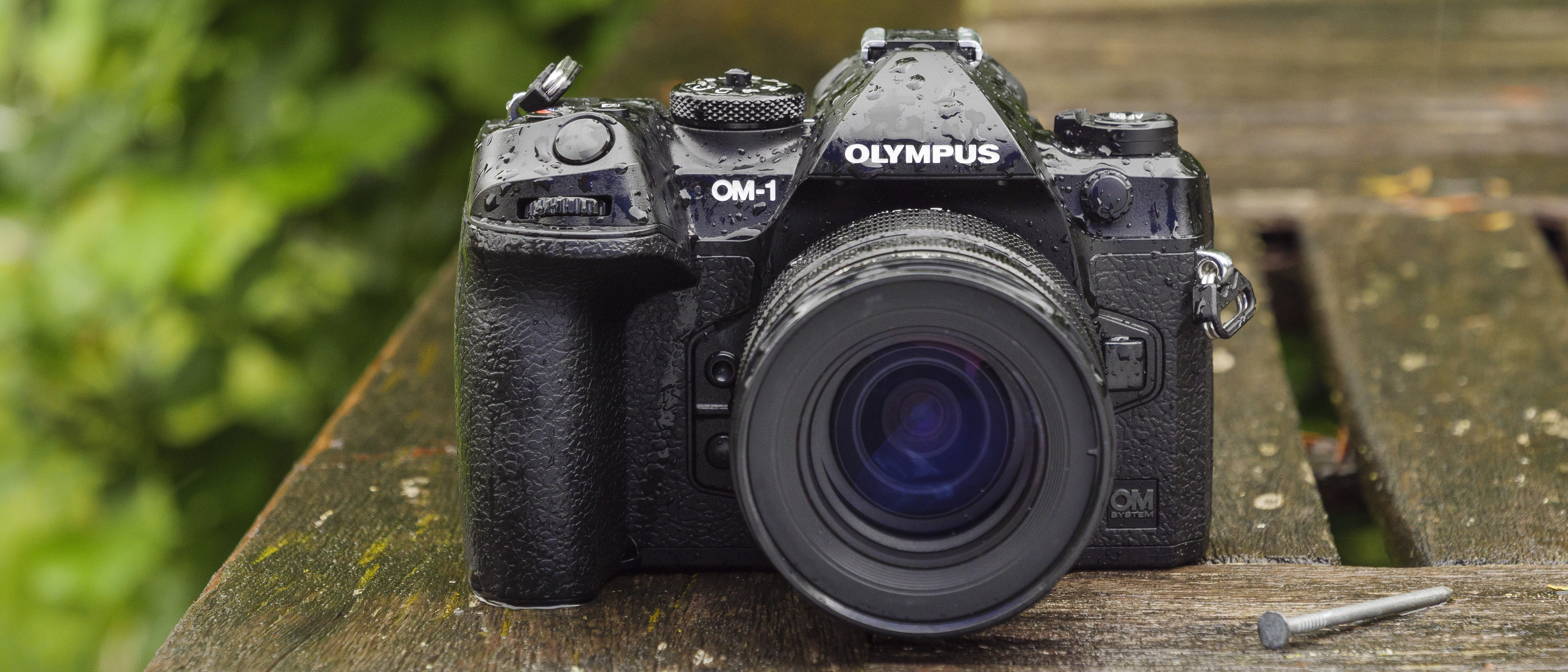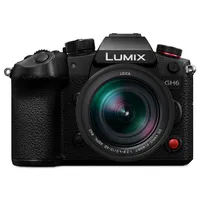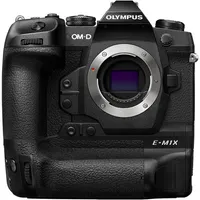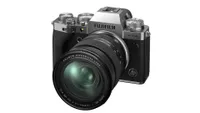TechRadar Verdict
The OM-1 is a small, fun, weatherproof camera that offers a compelling mix of old and new for all kinds of photographer. It's one of the best-handling cameras around and extremely versatile, thanks to its mix of a new 20MP stacked sensor, improved AF accuracy, upgraded processing power and improved computational modes. This may be the last camera to be adorned with the Olympus name, but the OM-1 points towards a bright future for the OM line under its new owners.
Pros
- +
Stacked sensor improves AF performance
- +
Superb stabilization
- +
Lovely in the hand
- +
Well implemented computational modes
Cons
- -
Only 20MP resolution
- -
Touchscreen doesn't work for menus
- -
Controls can be a tad fiddly
Why you can trust TechRadar
The OM System OM-1 has a recognizable face, but a less familiar name. That's because it's the flagship model in a new mirrorless camera series from OM Digital Solutions, which bought the Olympus imaging division in 2021. A natural successor to the Olympus OM-D E-M1 Mark III, the OM-1 will be the last camera to have the Olympus name etched on its body. But if its performance is anything to go by, it'll be the first of many OM System cameras to come.
Its name may be a tribute to the original 50-year-old Olympus OM-1 35mm SLR, but the OM-1 is a very modern camera and a joy to shoot with. Everything that we’ve loved about the Olympus Micro Four Thirds system over the years is cranked up a notch here, with tangible improvements in virtually every department, especially handling, power, AF speed (and accuracy) and computational modes.
Special mention goes to the first ever 'stacked' Micro Four Thirds CMOS sensor. It packs the same 20MP resolution as previous Olympus sensors – which could be disappointing for some – but the new BSI (backside-illuminated) stacked design offers faster readout speeds and features Quad Pixel AF with 1,053 cross-type AF points that cover the entire sensor. The result is improved AF speed and accuracy, provided you select the appropriate AF mode for the scenario playing out before you.
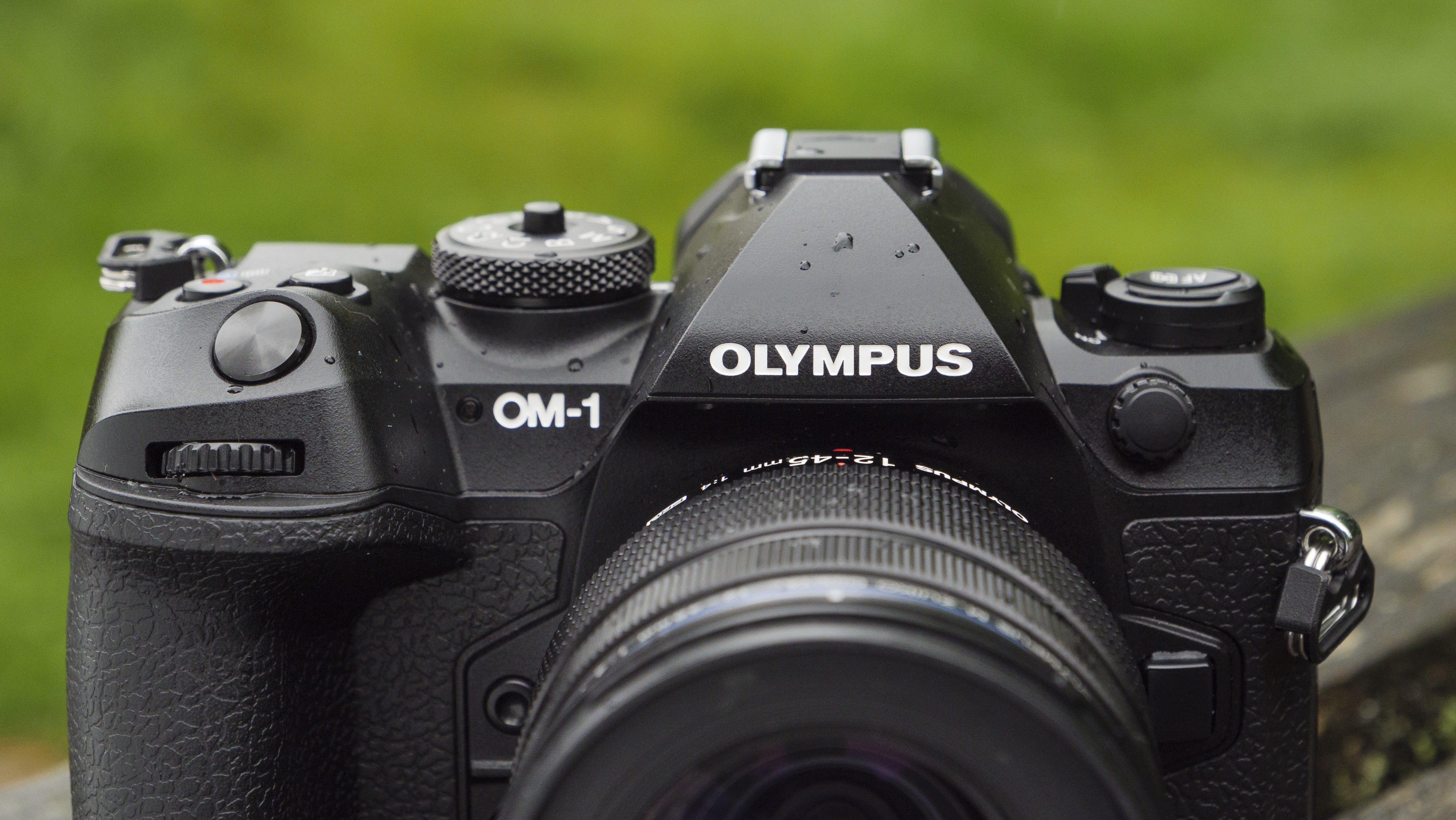
Tracking AF is far from perfect. Like many cameras, the OM-1 lets you manually select the type of subject you want to track, but for some reason people- and face-detection is not included in this menu. For ease of use, we prefer Nikon's auto-subject-tracking approach. Also, while subject acquisition is quicker, tracking AF is not as sticky as some other systems when line of sight is disrupted.
OM Digital Solutions claims the new TruePix X image processor is up to three times faster than the previous version used in the Olympus OM-D E-M1 Mark III, and we've seen the benefit in a number of shooting scenarios, including a twice-as-quick High Res Shot Computational Mode. Sensor readout is also twice as fast as the E-M1 III, which reduces the effect of rolling shutter, though flagship full-frame cameras like the Nikon Z9 and Sony A1 perform quicker.
Continuous shooting with C-AF is up to 10fps with mechanical shutter, 50fps in the silent electronic mode, or up to 120fps with fixed focus, while the boosted processor power clears the buffer swiftly to get you back in the game quicker. That's some serious punch, and helps fire the OM-1 to the top of our guide to the best wildlife photography cameras.
The stacked sensor, which isn't available on the newer OM System OM-5, also paves the way for improved image quality, especially in terms of low-light performance and dynamic range. This is great news, because it's in these very scenarios where the Micro Four Thirds sensor usually falls short of full-frame.
Sign up for breaking news, reviews, opinion, top tech deals, and more.
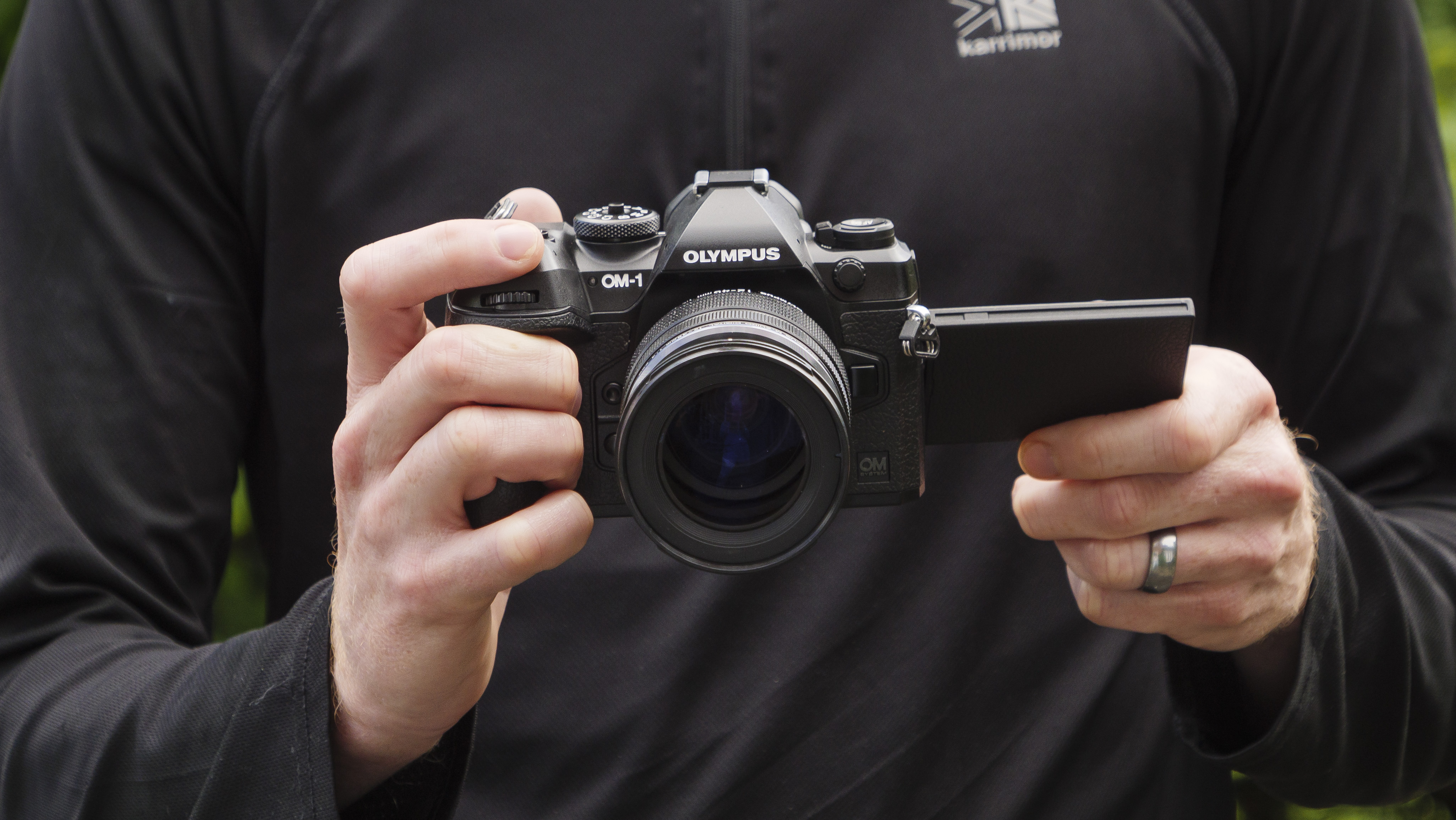
Combine the new sensor and overhauled AF system with the ever-impressive sensor-based image stabilization that is now rated up to 8EV, and you have a compact camera that’s perfectly suited to a variety of handheld shots. Ditch the tripod and forget your lens filters; just pack the camera and lens.
Despite improvements in image quality, there's the usual Micro Four Thirds issue compared to a larger format like full-frame when you're taking single photos without any computational stacking. As with smartphones, the OM-1's computational modes go some way to narrowing the gap; for example, High-Res shot increases resolution up to 80MP and will get you sharp shots, but for still subjects only.
That said, for many hobbyists, particularly those shooting action and wildlife, the Micro Four Thirds format makes the most sense, with pin-sharp super-telephoto lenses getting you close to the action without breaking your back (or the bank). There's a high-quality lens for any kind of photographer and, ultimately, the OM-1's diminutive size and weight is liberating, giving you that freedom and versatility to create. This all makes it one of the best mirrorless cameras you can buy, and one of the best travel cameras around, too.

The OM-1's resolution of the EVF and touchscreen displays have also been boosted significantly from the E-M1 III, while the camera slots into your hand perfectly too, even if the controls can be a little cramped. The OM-1 has also been designed to shoot for longer thanks to a new battery, and can withstand tough conditions thanks to its IP53-rated weatherproofing – we've had fun testing it out in the rain.
Some will look at the sensor size and dismiss the stills-centric OM-1 with its $2,200 / £2,000 / AU$3,299 price tag. But while the OM-1 represents the pinnacle of Micro Four Thirds photography – a format that has its own benefits – it's no slouch for video either, with 4K 60fps 10-bit internal recording and that excellent image stabilization for run-and-gun recording.
Capable, tough, comfortable in the hand and fun to shoot with, the OM-1 is a clear step up from the E-M1 III, and is sure to please many photographers who don't want the size or bulk of full-frame.
OM System OM-1 release date and price
The OM System OM-1 is available to buy now for $2,199 / £1,999 / AU$3,299 body-only.
That's a jump up in price from the Olympus OM-D E-M1 Mark III, which launched for $1,799 / £1,599 / AU$3,099 in 2020, but the OM-1 does also inherit features from the Olympus OM-D E-M1X, which had a launch price of $2,999 / £2,799 / AU$3,499.
You can also buy the OM System OM-1 with an M.Zuiko Digital ED 12-40mm f/2.8 Pro II kit lens for $2,799 / £2,499 (around AU$4,750).

Overall, this pricing is pretty decent for the tech that the OM System OM-1 offers, though it does also mean it sits in between its closest rivals. The Fujifilm X-T4, for example, is currently only $1,699 / £1,399 / AU$1,999 body-only, which is good value, despite its older tech.
Full-frame cameras like the Canon EOS R6 ($2,499 / £2,499 / AU$3,999) also aren't too much pricier than the OM-1. Sensor size isn't everything (as we'll discover in this review), but full-frame systems do offer superior image quality without any computational trickery and now have pretty mature lens systems.
If you're still trying to decide between the OM-1 and its close rivals, the imminent Black Friday camera deals could have a say. It's possible that OM System's flagship will still be too new to see any meaningful discounts, but price cuts on some bundles aren't out of the question – and the Black Friday deals are always a great time to pick up a bargain Micro Four Thirds lens, too.
OM System OM-1: design
- Comfortable and compact DSLR-style design
- IP53-rated weatherproofing
- Impressive 5.69m-dot EVF
You'll struggle to find another camera that’s better built or feels more comfortable in the hand than the OM-1. Design-wise it’s very much in the mold of Olympus’s OM-D E-M1 cameras with their compact DSLR-style design, including a sizable hand grip that always seems to fit in the hand better than most similar cameras.
If you've shot with a camera from the E-M1 series, then you'll be right at home with the OM-1’s feel and control layout. The body has been refined with smooth curved edges, a new shutter button, and concave AF/ Drive mode buttons, presumably designed to lessen the likelihood of accidental presses.
Those who frequently need to wear gloves may find the buttons a little fiddly compared to those on the larger E-M1X, a camera that also balances better in the hand with super-telephoto lenses. However, the OM-1 has a good all-purpose design and is no mismatch for super-teles, while adding the optional vertical grip bulks it up appropriately.

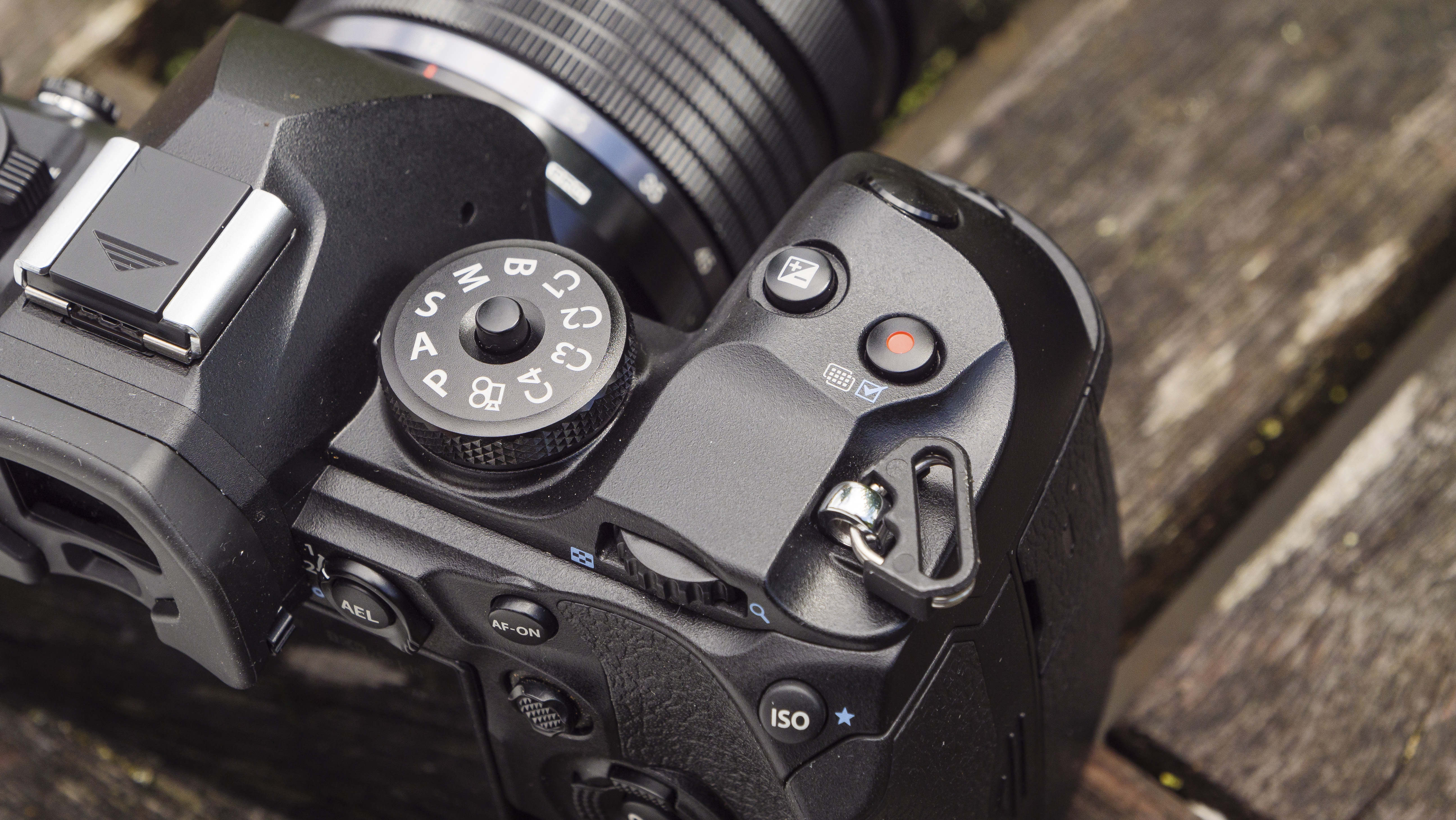
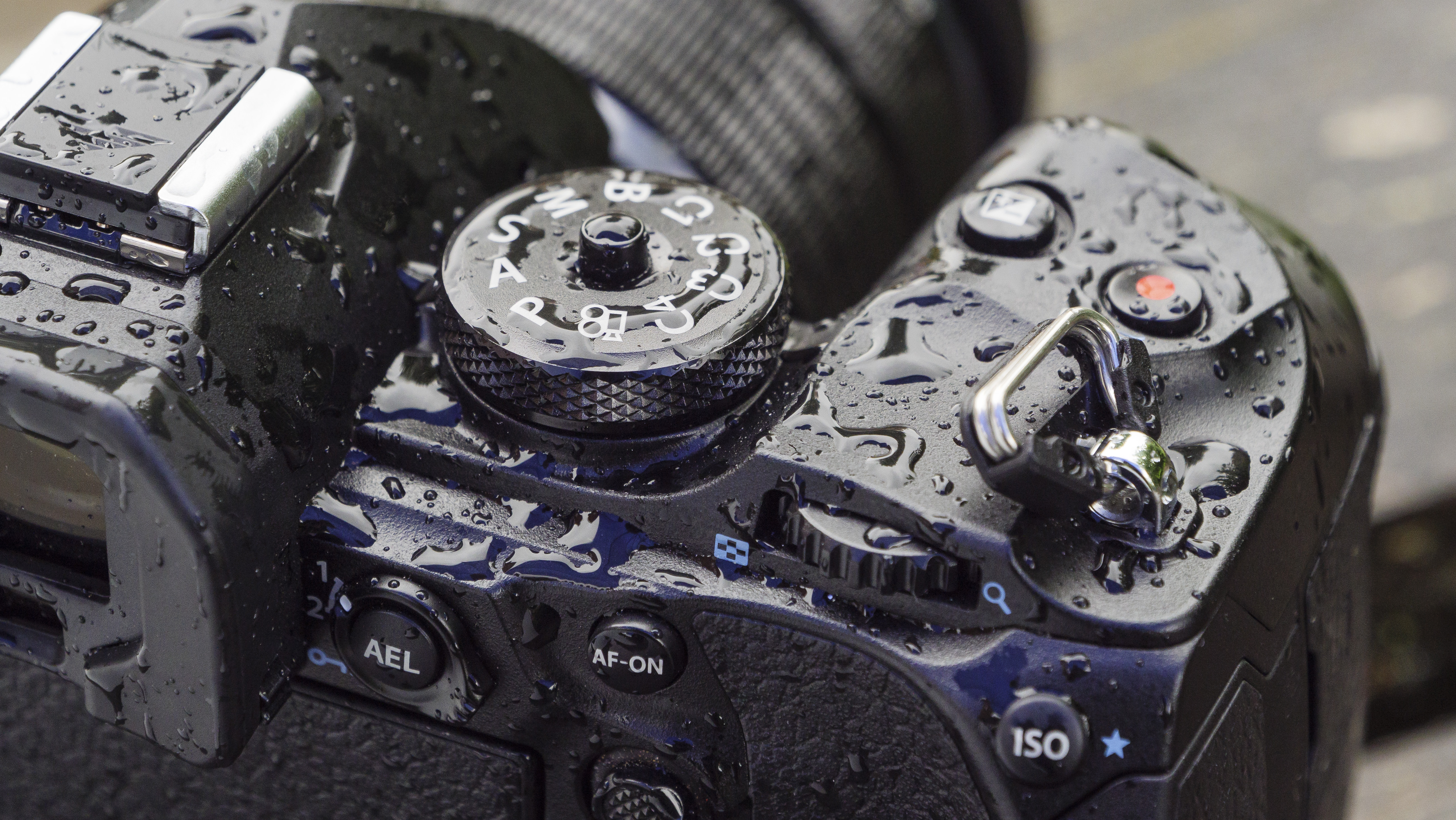
The OM-1 is also a rugged little camera. Bucking the industry norm, the weatherproofing capability is made official with an IP53 rating. With a PRO lens attached, we had no qualms about shooting with the OM-1 in downpours and on London's rain-soaked streets, though we can’t comment on the impact of sustained exposure to extreme climates.
Both displays benefit from a significant bump in resolution. The EVF (electronic viewfinder) now boasts 5.76-million dots and the 3-inch vari-angle touchscreen a decent 1.62-million dots. The EVF has a rapid refresh rate of 120fps, and is a dream to shoot with. We'd like the touchscreen to work for menus too – the omission of that functionality seems odd – but otherwise it handles perfectly and is useful for touch focus.
Speaking of menus, the OM-1 reveals a new horizontal color-coded layout – you can skip to the next set of options using the front dial, or scroll through the various options in each set using the rear dial. Overall, Olympus users will find the new menu layout quicker to navigate than before, with items sensibly grouped, although there are no subheads, so you'll need to remember where sub-groups are.
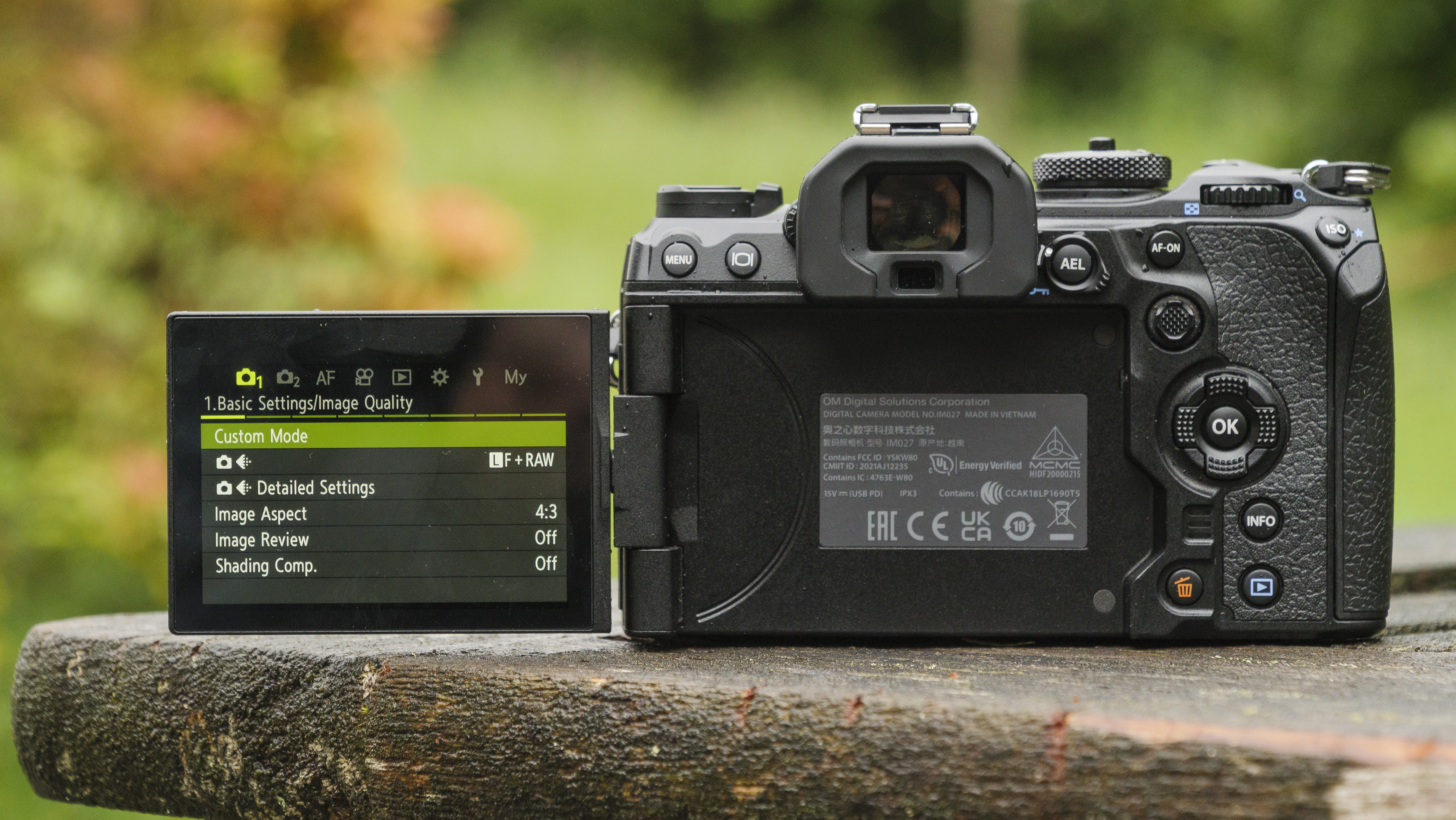
Perhaps as a foretaste of what's to come, and an indication of what OM System believes is important to OM-1 shooters, the second set in the menu is dedicated to computational modes. There's High Res Shot, Live ND, Focus Stacking, HDR and Multiple Exposure modes, and we'll get on to the improvements to these modes later in this review.
Hidden inside the curved thumb grip – a lovely design touch by the way – are the twin SD card slots. The door has a secure lock and opens easily, and both slots are UHS-II compatible. Clearly OM Digital Solutions believes there’s no need for the faster CFexpress Type B card slot just yet.
Battery life has been improved by around 25% compared to the E-M1 III, with the new BLX-1 unit offering 520 shots from a full charge – we used the camera pretty heavily before seeing a dent in battery life. It's some impressive power, plus the OM-1 can also be charged on the go and while in use via its USB-C port. For a flagship camera it feels a travesty that a proper quick-charger isn’t supplied, so unless you fork out for one it's USB charging only.
OM System OM-1: features and performance
- Stacked sensor supports up to 50fps burst speeds
- Subject-tracking for people, birds, animal and vehicles
- In-body stabilization for up to eight stops of compensation
The unsung stars of the OM-1 are its new TruePix X image processor and stacked sensor. Currently, processor power is taking cameras like the Nikon Z9 to the next level, and the new processor in the OM-1 is claimed to be three times more powerful than the previous version. In real-world use, we’ve found the camera to perform twice as fast as the E-M1 III in numerous areas.
Images are processed much more quickly, meaning the OM-1 is better equipped than the E-M1 III for serious action photography, and its computational modes also work faster. If you've used computational modes like High-Res Shot before, you'll know all about the waiting time to see that final image pop up on screen; well that wait has been halved.
Burst shooting speeds with continuous AF and AE are now 10fps with the mechanical shutter, and up to 50fps with the electronic shutter; and if you don't need continuous AF, then 120fps is possible. That's some ridiculous power, plus the sequences are processed quicker, meaning the camera is ready to shoot at full steam again with less of a wait.
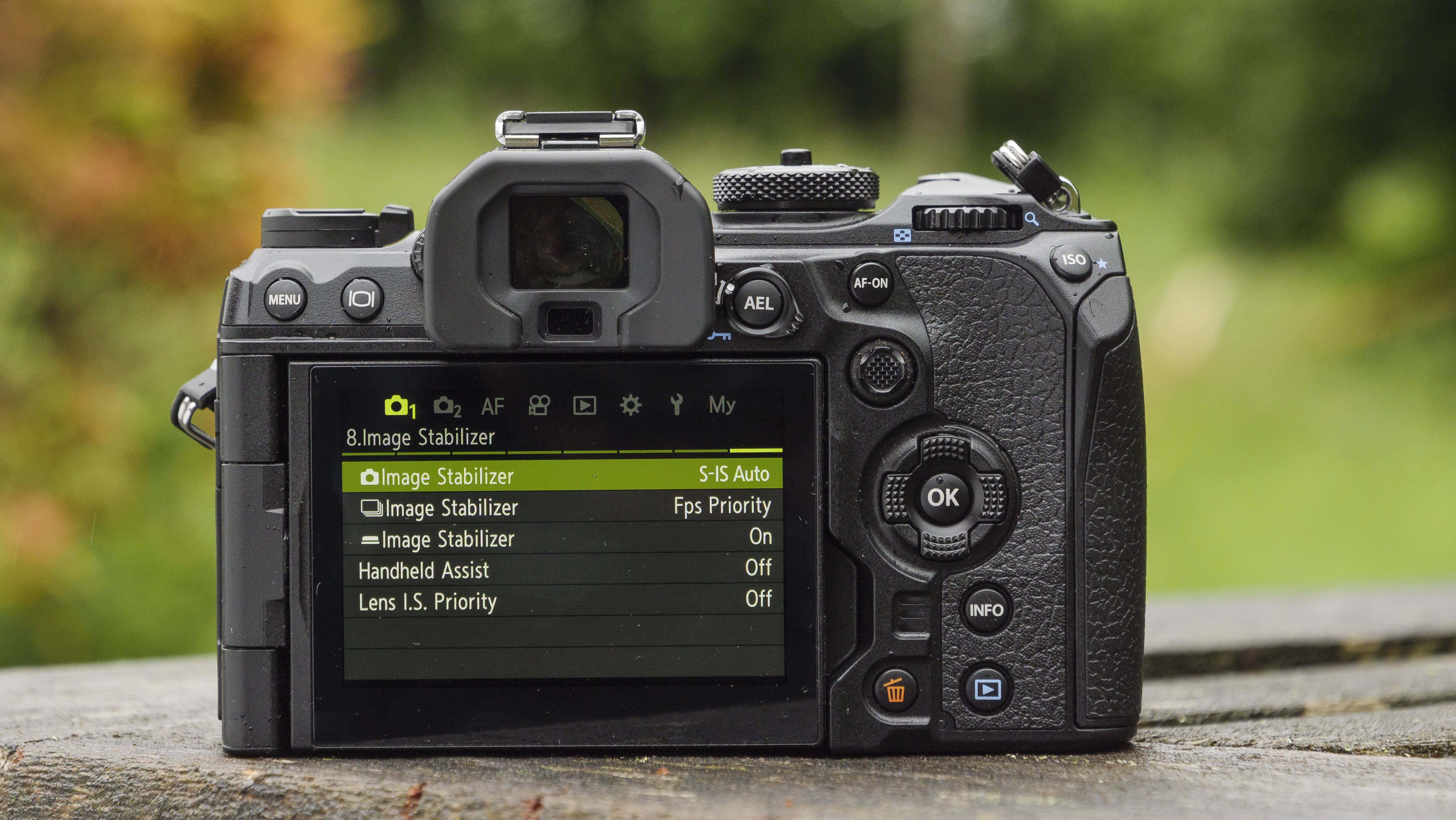
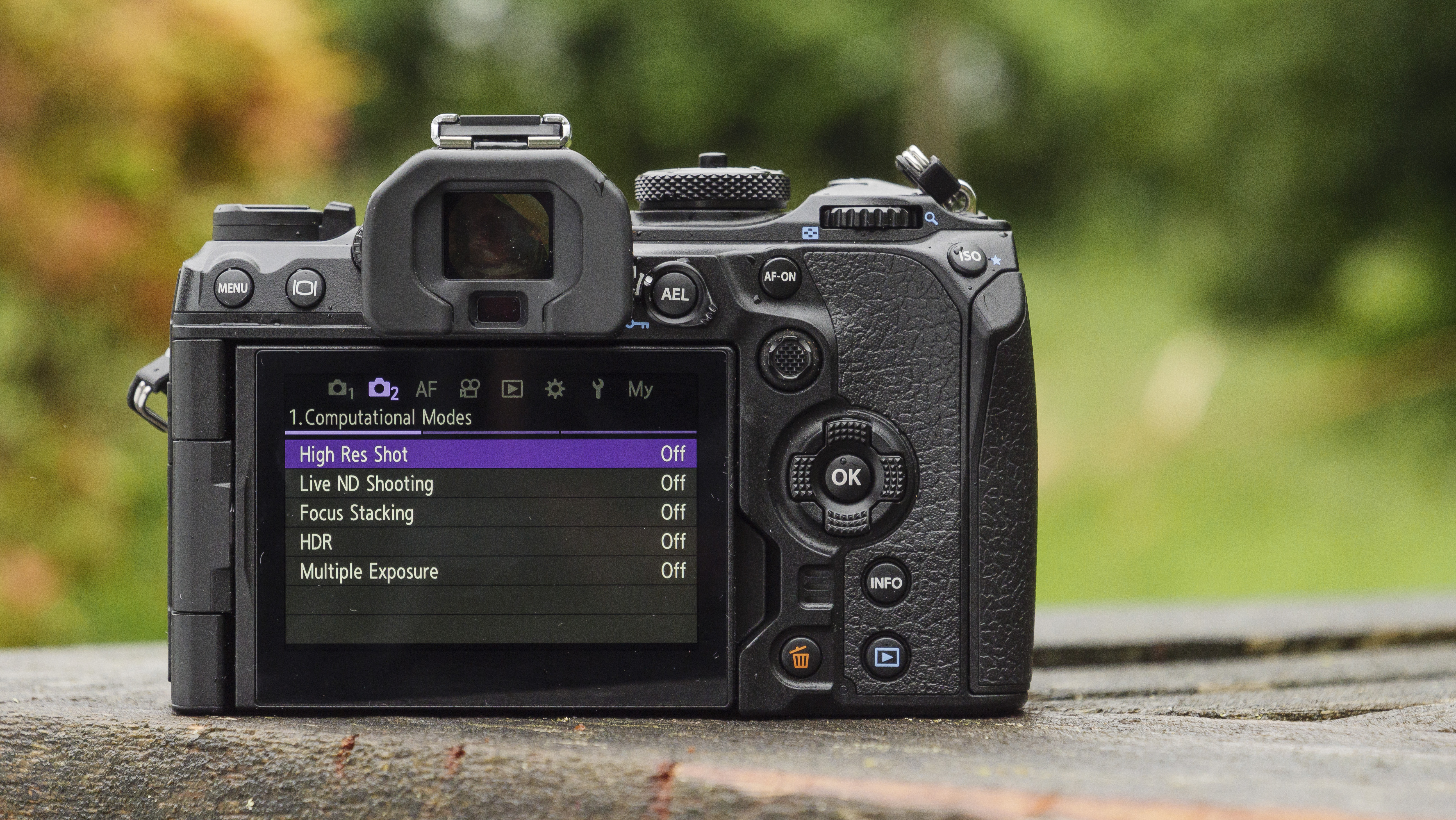
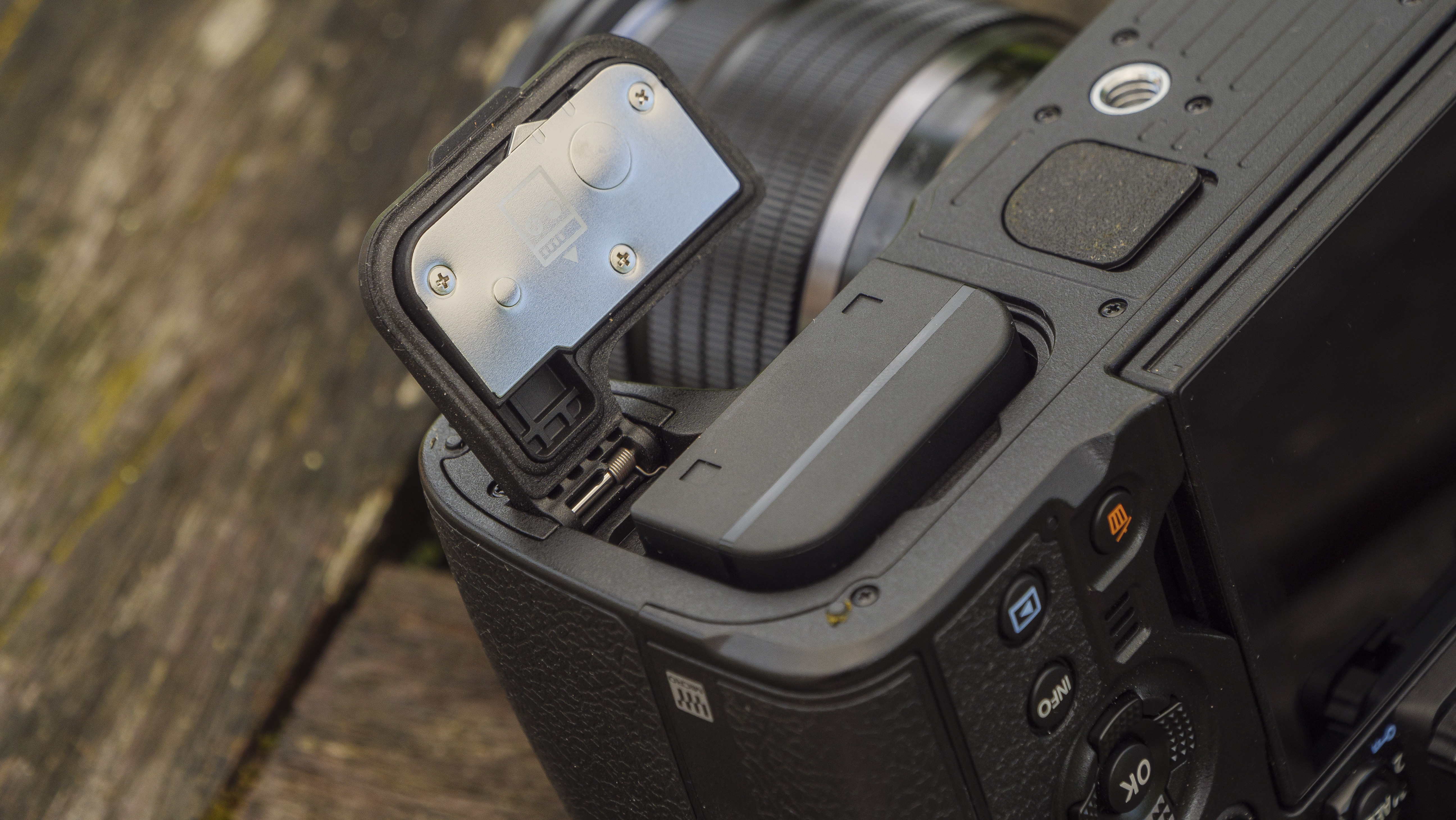
In addition to processor power, computational modes are transformed with a faster sensor readout speed. The stacked sensor has a 1/125 sec readout speed, which is half the speed of the sensor in the Nikon Z9, but twice as quick as the one in the EM-1 III, and therefore reduces the impact of rolling shutter by one stop.
Applied to the High Res Shot mode, that speed boost can bump resolution from 20MP to 50MP when shooting handheld, or 80MP with a tripod (we've tried the latter handheld and you really do need a tripod), and the adverse effects of movement is halved.
There's still a way to go, and High Res Shot truly performs best for still subjects, but further improving sensor readout speed could make the mode more useable for moving subjects, and in theory render resolution restrictions a thing of the past.

Olympus was a pioneer of computational modes in cameras, and the performance of these modes has been taken up a notch by new processing power. Given that these modes are primarily workarounds for sensor size limitations, we can see this being an area where OM Digital Solutions will look to make continued improvements in the coming years.
Within the new stacked sensor is Quad-Pixel AF with a new 1,053-point cross-type phase detect AF array that covers the entire image area. It's a huge bump in both AF points and coverage, and enhances overall AF performance dramatically.

Face- and eye-detection AF is already a proven technology in E-M1 cameras, reliably delivering sharp focus on the important features of subjects, but what about tracking AF performance, which has historically had limitations?
To get the most out of tracking AF, the photographer needs to correctly assign the AF area and subject type, for which there’s a choice of birds, animals, people, planes, trains and cars. Separating 'people' from the Subject Detection menu, though, seems like a strange choice.
From our experience of photographing people, birds, badgers and deer, the OM-1's tracking AF is sticky when there's a clear line of sight to your subject. An ever-morphing box surrounds the body of your subject, with a second box over the eye, giving assurance that all is working well, and checking captured images confirms sharp AF in the majority of cases.

Problems arise when the line of sight is disrupted. We've found that tracking AF loses its stickiness when the subject is partially obstructed – for example, a bird surrounded by tree branches. In such cases, we opted for a smaller autofocus area for more accurate focus, which is easily done using the rear joystick or touchscreen.
For all its bells and whistles, we can't shake the feeling that we haven't gotten the most out of the AF system and need more practice with it. It somehow doesn't feel as intelligent as others, and right now the OM-1 doesn't live up to the best tracking AF systems from Nikon, Sony and the like, although the progress is there to see.
Still, it's an excellent all-round performer, complemented by one of the most effective image stabilization systems on the market. Now rated up to 8EV (depending on the lens in use), the OM-1 can give you sharp handheld photos at ridiculously slow shutter speeds. Letting you capture more light by extending your shutter speed is one of many ways that the OM-1 can counter the performance limitations of its Micro Four Thirds sensor in low light.
OM System OM-1: image and video quality
- 20.4MP stacked Micro Four Thirds sensor
- ISO range of 200-25,600 (expandable to ISO 80-102,400)
- Shoots 4K-60p with 10-bit color depth
It's been many years since we first saw a 20MP Micro Four Thirds sensor, which is the resolution of the sensor in the E-M1 III and now the OM-1. So have we reached peak Micro Four Thirds image quality? Well, resolution isn't everything, and the new stacked sensor and latest processor indirectly improve image quality, especially by way of the multi-shot modes.
The ISO 200-25,600 sensitivity range can be extended to ISO 80-102,400, though for single-shot images we'd approach the OM-1 in a similar way to the E-M1 III, happily shooting up to ISO 6,400.
You'll get best image quality by staying between ISO 200 to ISO 1,600, and you’ll see a slight improvement over the EM-1 III in handling noise up to ISO 25,600. Another welcome improvement is that JPEG noise reduction appears less aggressive and more refined than before.
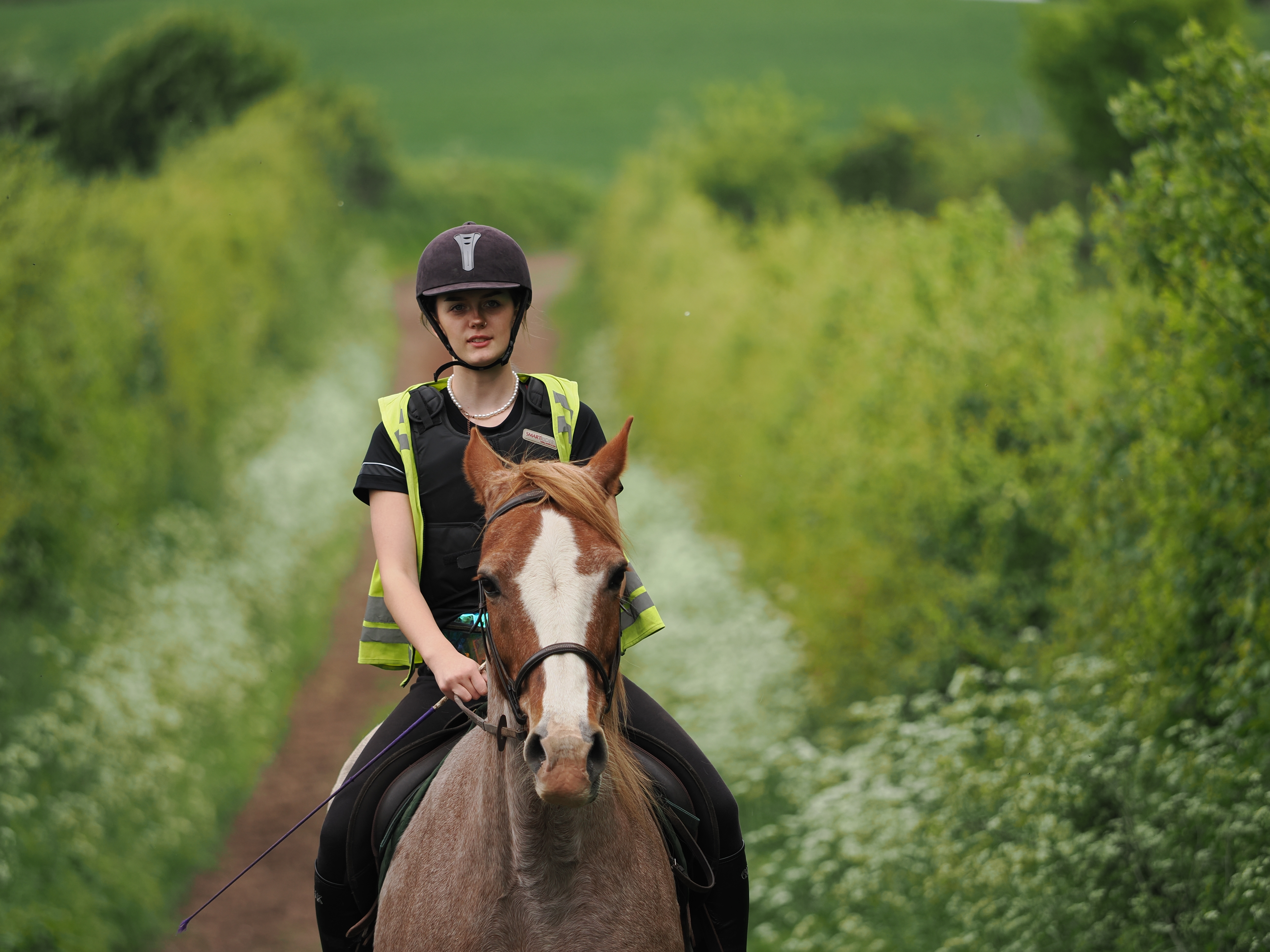




Multi-shot modes potentially offer the biggest leap forward in image quality, and have whetted our appetite for more.
These modes combine several pictures for various effects; for example, Live ND 'fakes' a long exposure now up to 6EV, while Focus Stacking increases depth of field. And while you may use High Res Shot primarily to improve resolution, it also increases dynamic range significantly.





To gain the best video image quality from the OM-1, the H.265 format unleashes 4K 10-bit up to 60fps. In this format, you get the choice of OM-Log or Hybrid Log Gamma, and we didn't notice any drop in quality between 30p and 60p recording. It’s impressive stuff, and a solid upgrade. If you engage image stabilization – crucial for smooth handheld videos – then a small crop is applied to the 4K image area.
The OM-1 may not offer the same level of video handling features as a camera like the Panasonic Lumix GH6, but outright video image quality is excellent, and this is a supremely capable hybrid camera.
Should I buy the OM System OM-1?
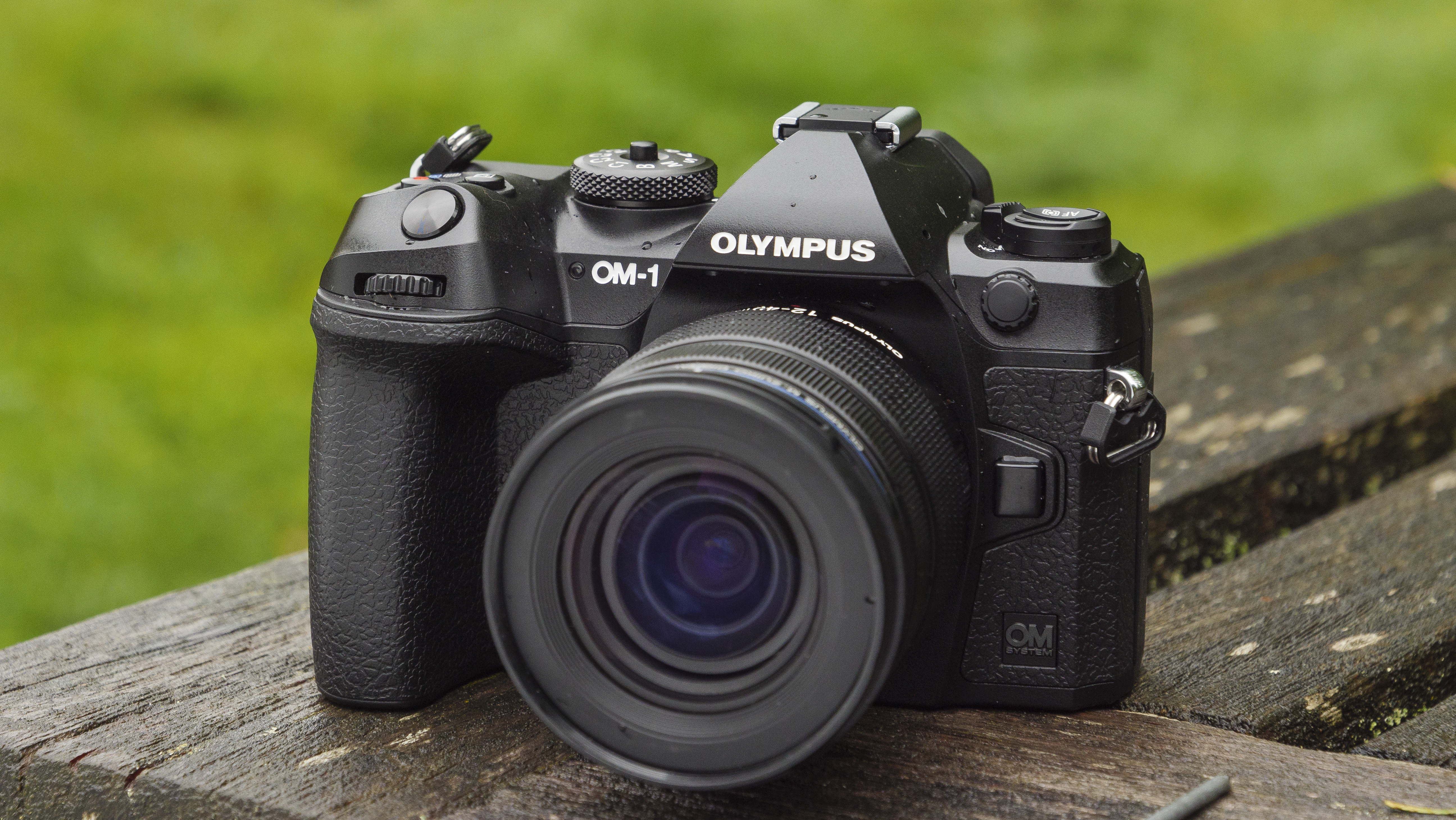
Buy it if...
You're action photographer who wants the best bang for your buck
The OM-1's new stacked sensor with Quad-Pixel AF system improves autofocus performance, and you'll struggle to find a better system at this price point. Subject detection with eye-detection AF now extends to birds, animals and people, plus vehicles and planes, while the depth of field enabled by the Micro Four Thirds format is well suited to super-telephoto wildlife photography.
You don't want to be weighed down with kit
Small, light, tough and intuitive to use, the OM-1 is part of a well established Micro Four Thirds system that makes sense for photographers wanting to be freed from the burden of kit. A like-for-like full-frame lens will likely be twice the size, weight and price, and effective image stabilization and computational modes also lessen the need for accessories like tripod and lens filters.
You want a serious and fun photography tool
There's enough in the OM-1 to inspire photographers of all levels shooting a variety of subjects. Shoot at 50fps with continuous AF, easily take manual control of exposure, get creative with the dedicated Computational Modes, speed up your image workflow… this camera can be whatever you want it to be.
Don't buy it if...
You want resolution
In 2022, 20MP in a photography-centric flagship camera with this price tag is modest. The High-Res Shot Computational Mode can deliver sharp handheld shots at 50MP, but only really works for still subjects. For many, 20MP is enough, but you’re not getting much in the way of post-capture cropping flexibility.
You want the best single-shot image quality
While the Micro Four Thirds format can be advantageous for super-telephoto wildlife photography, its low-light performance simply does not match that of full-frame. Also, 20MP is no match for 45MP. Computational workarounds are good for specific scenarios, but they can’t be used for everything.
You shoot a lot of video
With 4K/60p 10-bit internal recording and excellent stabilization, the OM-1 impresses for video. However, the Panasonic Lumix GH6 has the edge for video-centric Micro Four Thirds shooters.
Also consider
If our OM System OM-1 review has you wondering about alternatives, here are three rivals to consider.
Panasonic Lumix GH6
It's been a good year for Micro Four Thirds (MFT) cameras, with the OM System OM-1 preceded by the more video-focused Panasonic Lumix GH6. If MFT is your thing, then these two price-matched cameras are your best choices, with the GH6 leading the way for video, while photographers will find more in the OM-1.
Olympus OM-D E-M1X
Do you need the latest gear? The OM-1 marks a tasty improvement over the E-M1 III, inheriting tech from the pricier E-M1X and throwing in a bunch of new features, all in a smaller package. However, there are those who actually prefer the larger design of the E-M1X, especially for work involving super-telephoto lenses, or for shooting in conditions where gloves are needed on account of its easier-to-hit buttons.
Fujifilm X-T4
The spec of the OM-1 will draw comparisons to full-frame action cameras that are twice the price and size. However, perhaps a fairer comparison would be to the APS-C format, where the mirrorless Fujifilm X-T4 remains best-in-class (until the rumored Fujifilm X-T5, at least). The X-T4 retails for less, and is a true hybrid, though the OM-1 boasts better action photography chops.

Tim is the Cameras editor at TechRadar. He has enjoyed more than 15 years in the photo video industry with most of those in the world of tech journalism. During his time as Deputy Technical Editor with Amateur Photographer, as a freelancer and consequently editor at Tech Radar, Tim has developed a deeply technical knowledge and practical experience with cameras, educating others through news, reviews and features. He’s also worked in video production for Studio 44 with clients including Canon, and volunteers his spare time to consult a non-profit, diverse stories team based in Nairobi. Tim is curious, a keen creative, avid footballer and runner, and moderate flat white drinker who has lived in Kenya and believes we have much to enjoy and learn from each other.
